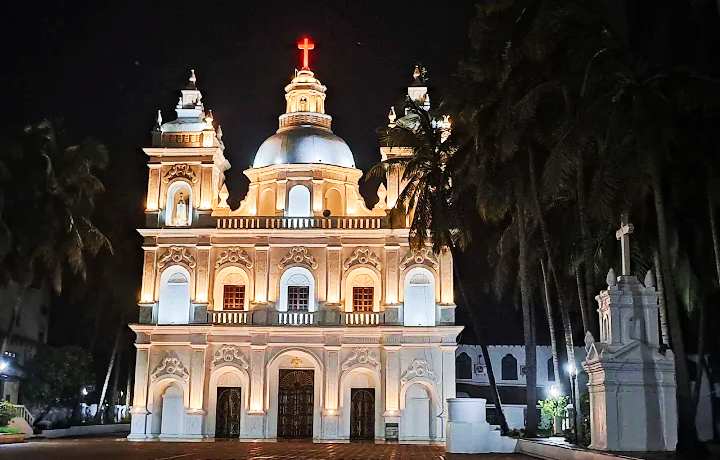
St. Alex Church in Calangute, Goa, stands as a beautiful testament to Goa’s rich colonial past and enduring religious heritage. Its history is marked by several phases of construction and dedication, reflecting the evolving spiritual and architectural landscape of the region under Portuguese influence. Here’s a detailed look at the historical development and background of St. Alex Church, structured into key points:
1. Geographic and Cultural Setting
- Location: Calangute, Bardez Taluka, North Goa – one of Goa’s most vibrant tourist towns.
- The church lies at the heart of a bustling beach town, yet offers a serene, spiritual escape from the commercial surroundings.
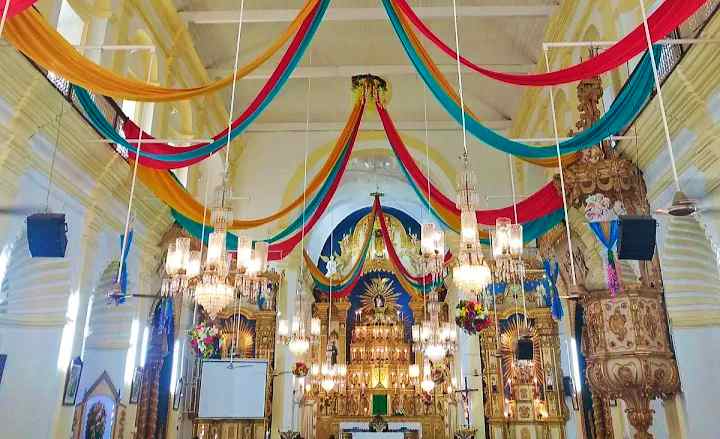
2. Founding and Purpose
- Year Built: While exact records are sparse, the current structure was established in the early 20th century.
- It was constructed to serve the increasing number of Catholic faithful in Calangute, particularly as the area became more populated and developed.
- Named after St. Alex (St. Alexius of Rome), known for renouncing his noble status to live a life of humility and prayer.
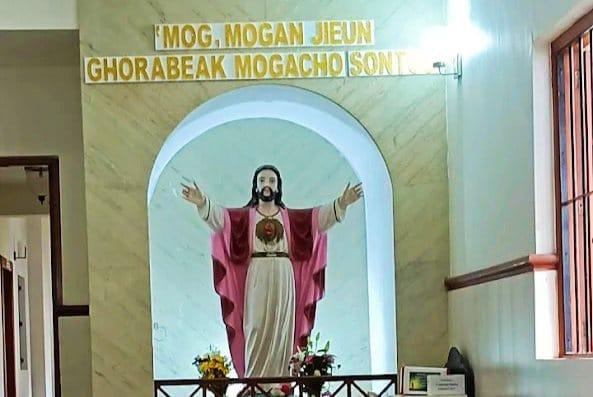
3. Historical Context
- Calangute grew as a prominent village under Portuguese rule, and the establishment of churches like St. Alex helped in spiritual administration and religious conversion during colonial times.
- Earlier chapels or smaller worship spaces likely existed before the modern church was completed.
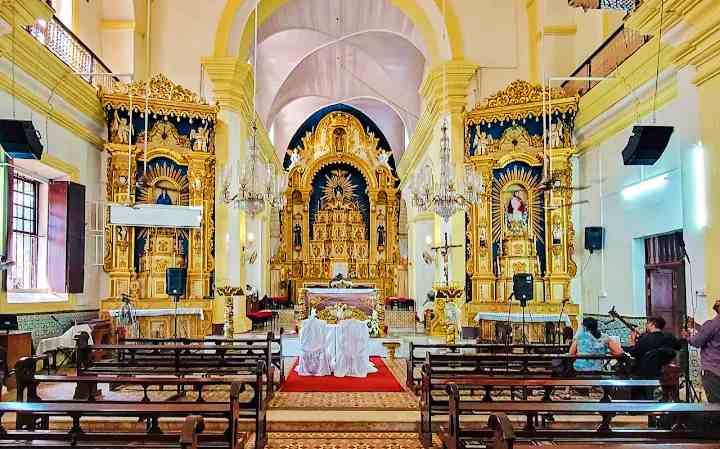
4. Architectural Style
- The church features Portuguese colonial architectural influences, common to many Goan churches.
- Key elements:
- Elegant whitewashed façade with twin bell towers.
- Gothic-style arches, stained-glass windows, and a peaceful prayer hall.
- A central altar dedicated to St. Alex, adorned with traditional Christian iconography.
- The structure is both simple and majestic, reflecting humility and sanctity.
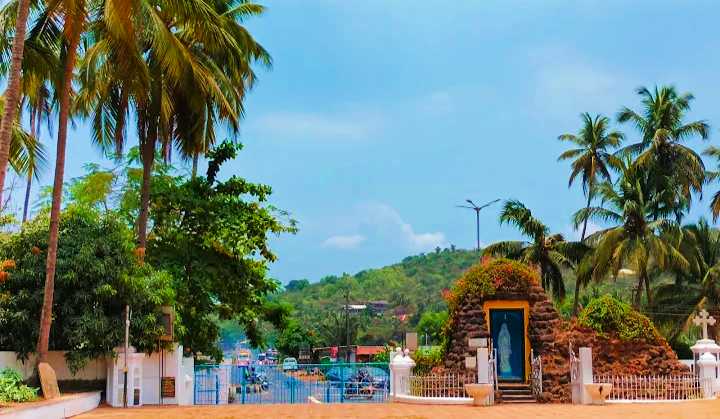
5. Religious Significance
- Serves as a parish church for Calangute and neighboring villages.
- Hosts major Christian festivals:
- Feast of St. Alex (July) – a significant event celebrated with processions and Masses.
- Christmas and Easter – large gatherings, decorations, and carol services.
- Offers daily Mass, confessions, and religious education for the local population.
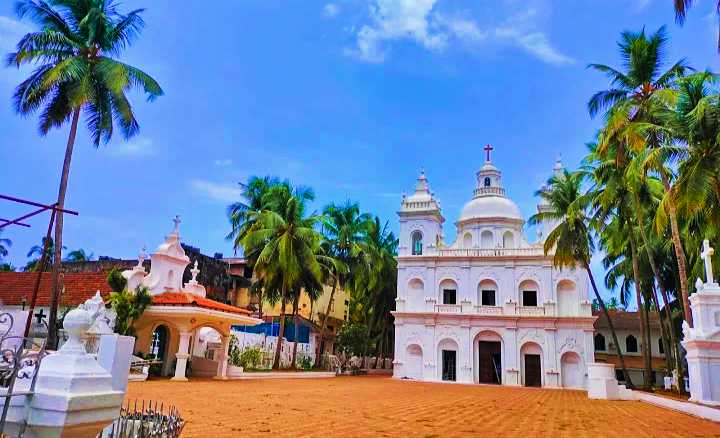
6. Community and Tourist Role
- Due to its proximity to Calangute Beach, it attracts not only devout Goans but also tourists seeking spiritual solace.
- It is included in many North Goa heritage walks and cultural tours.
- Acts as a calm spiritual sanctuary amid the energetic beach town environment.

7. Renovations and Current Status
- The church is regularly maintained by its parish community, with renovations respecting its original style.
- It is an active place of worship, continuing to serve thousands of Catholics and visitors annually.
- The interiors and exteriors remain well-preserved and open to the public during the day.
Conclusion
St. Alex Church in Calangute is a symbol of devotion, cultural heritage, and colonial influence in North Goa. Though relatively younger than many Goan churches, it carries immense importance in the local community. With its peaceful ambiance, elegant architecture, and role as a spiritual anchor in a lively tourist town, it remains a respected religious and historical landmark.










Add comment